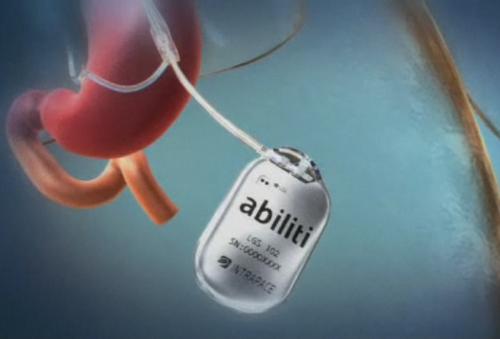Ophthalmologists have long been cognizant of the importance of circadian rhythms. One of the drivers to maintain as much vision as possible in say a severely traumatized eye is to help maintain such rhythms...
uvealblues
New research shows that each of our organs contains cells with their own circadian-clock genes that help bodily processes, such as digestion, operate with maximum efficiency at certain times of day.
When a person's circadian clock is thrown off—by jet lag or shift work or eating at the wrong time—it can, over time, contribute to weight gain and depression. It may even increase the likelihood of heart and liver problems.
(..)
The brain used to be thought of as the body's master clock, sending signals telling organs when to operate. But over the past decade or so, as scientists discovered clock genes in cells in different organs in the body, the brain has come to be seen as the conductor of an orchestra. Each organ operates on its own internal clock, producing enzymes and molecules at different levels depending on the time of day; the brain works to make sure all the clocks are synchronized. Dyssynchrony between the brain and the rest of the organs, or between individual organs, can lead to problems. For example, if the pancreas is out of sync with the liver, insulin production may be too low or too high, Dr. Turek says.
(..)
It isn't clear exactly how disruptions in circadian rhythm could influence body weight. One theory is that at certain times of day, intestinal bacteria may be more or less active at breaking down food into molecules to be absorbed by the intestine. Eating fat at a time when the bacteria are less active could lead to poorer food breakdown and more fat stored, Dr. Turek says.



 -3 Fatty Acid and Fish Intake and Incident Age-Related Macular Degeneration in Women
-3 Fatty Acid and Fish Intake and Incident Age-Related Macular Degeneration in Women







